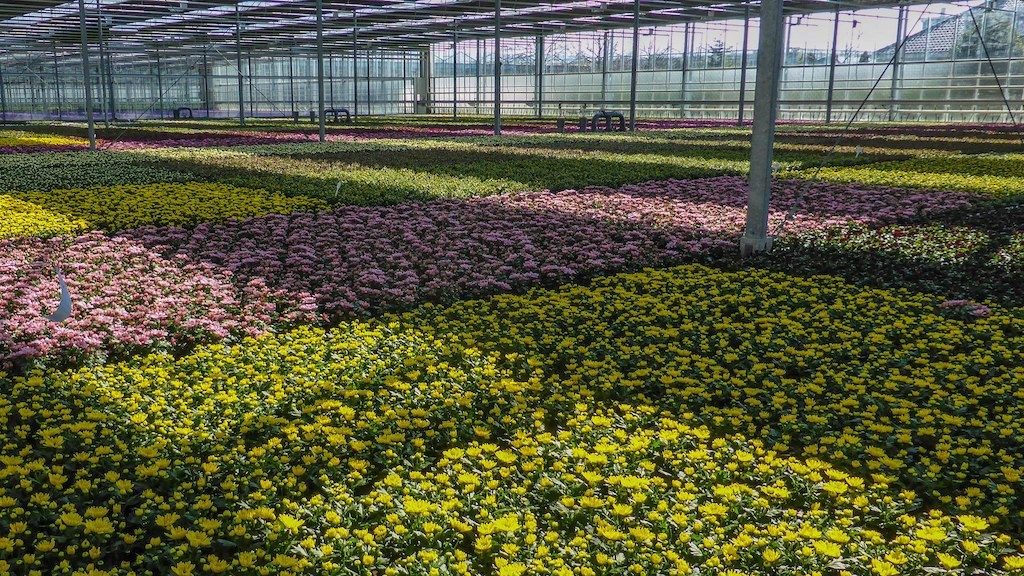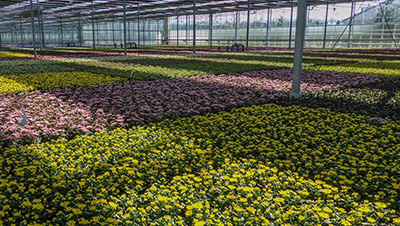Whether you follow an omnivore, pescatarian, vegetarian or vegan lifestyle – one thing’s for sure, you like food. So where does geothermal heat fit on your plate?
There is no doubt that a successful, large-scale geothermal project is lucrative, but project development time, undertaking legal clearances, policy inclusions, and acquiring adequate funding and shareholders can be lengthy. Comparatively, small-scale geothermal developments require only a fraction of the costs and downtime. Small-scale projects are not only focused on electricity generation, but they capitalize on all aspects of the geothermal resource – tapping into the heat from hot springs for direct heating applications. Small-scale projects tend to make use of low and medium temperature geothermal resources for direct heating (which are more widely available globally than those required to generate electricity). Direct heating applications include thermal comfort, balneotherapy, and agriculture. In this post, we will highlight the agricultural applications.
Image Source: http://www.fao.org/3/a-i4233e.pdf
Geothermal applications in agriculture and food processing require mostly low temperatures (20 – 150°C). Thus, these can be deployed in areas where geothermal power generation will not be feasible. Despite such promising potential, using direct geothermal heat for agricultural purposes is surprisingly not as wide-spread as expected. The Lindal diagram below shows the potential of direct geothermal utilization in the agricultural and agro-industry sectors worldwide. It is estimated that between 4. 105 and 5. 106 exajoules (EJ) are stored in suitable aquifers and in theory, can be used for direct heat applications.

Photo Source: http://www.thinkgeoenergy.com/netherlands-geothermal-as-key-element-to-green-up-greenhouse-operations/
Four types of direct application of geothermal energy in agriculture were identified: greenhouse heating (25 – 100C), aquaculture (20 – 40C), agro-industrial and soil heating (20 – 40C). These applications extend to irrigation (40 – 75C), crop drying (60 – 100C), sterilization (>105C), evaporation and distillation (80 – 120) and milk pasteurization (70 – 100C). In addition to the low and intermediate temperature geothermal sources, waste heat and cascading water from geothermal power plants are also used to minimize waste and maximize efficiency. Equally interesting is the range of technologies which have been proposed or developed to carry out these processes.
It has been reported that 34 countries utilize geothermal resources for greenhouse heating, where the major participants are Turkey, Hungary, China, Italy, and Russia. Other countries such as Kenya, Algeria, Costa Rica, and El Salvador have extended applications to the agro-industry. Geothermal greenhouses are used in Turkey for growing tomatoes and Californian peppers. About 210.44 hectares of land contains geothermally heated greenhouses with a heat capacity of 207.44MWt. Geothermal heating has been used for dehydrating operations (onion and garlic) in Empire, Nevada for over a decade.
Where small-scale geothermal projects are implemented, some key observations stand out:
- They are more likely to occur in greater abundance especially in remote areas (where electricity and heating access may be limited)
- The project development lifetime is much less than a large-scale project
- These projects are likely to be community-centered.
- When locals are involved in such projects, it creates shared responsibility and local knowledge about the area can be incorporated into implementation plans.
- Closer partnerships and a sense of ownership are brought out because of the close-knit nature of these projects. Persons feel a sense of pride in their development from the services provided and the revenue obtained.
- Small-scale developments are much more abundant than large-scale projects
- In the case of electricity purposes, they can be implemented to save the use of diesel fuel or to acquire revenue prior to the large-scale start in operation
It has been found that using geothermal resources cuts traditional fuel costs by approximately 80% and total operating costs by 5 – 8%. If this news wasn’t good enough – air and water qualities are improved significantly, and a stable workforce is created which promotes upward economic growth for all parties involved. Did those fancy direct-use technologies catch your eyes? Keep following our #GeothermalFactsandStats blog to learn more.
Sources:
FAO, 2015. “Uses of geothermal energy in food and agriculture” http://www.fao.org/3/a-i4233e.pdf
US Department of Energy. Geothermal Technologies Program. https://www.nrel.gov/docs/fy04osti/36316.pdf
IRENA 2019. “Accelerating geothermal heat adoption in the agri-food sector” https://www.irena.org/-/media/Files/IRENA/Agency/Publication/2019/Jan/IRENA_Geothermal_agri-food_2019.pdf
Author: Elizabeth Bullock


